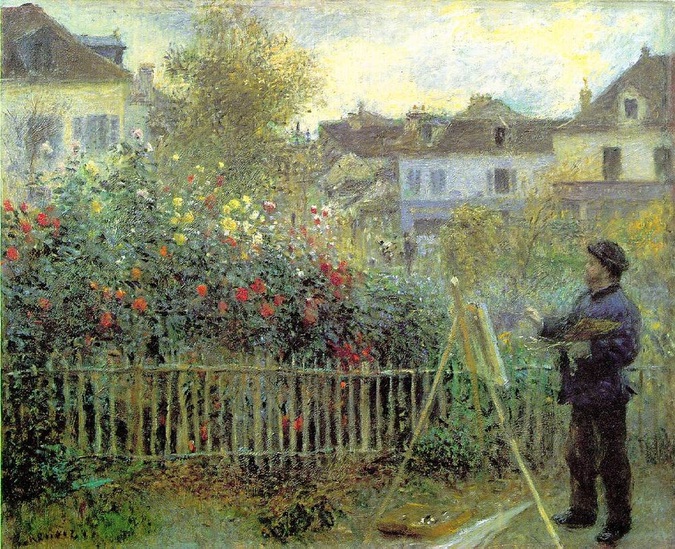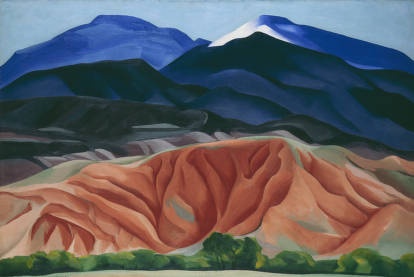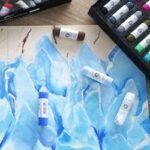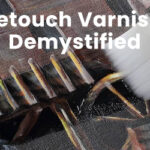An Introduction to En Plein Air Painting
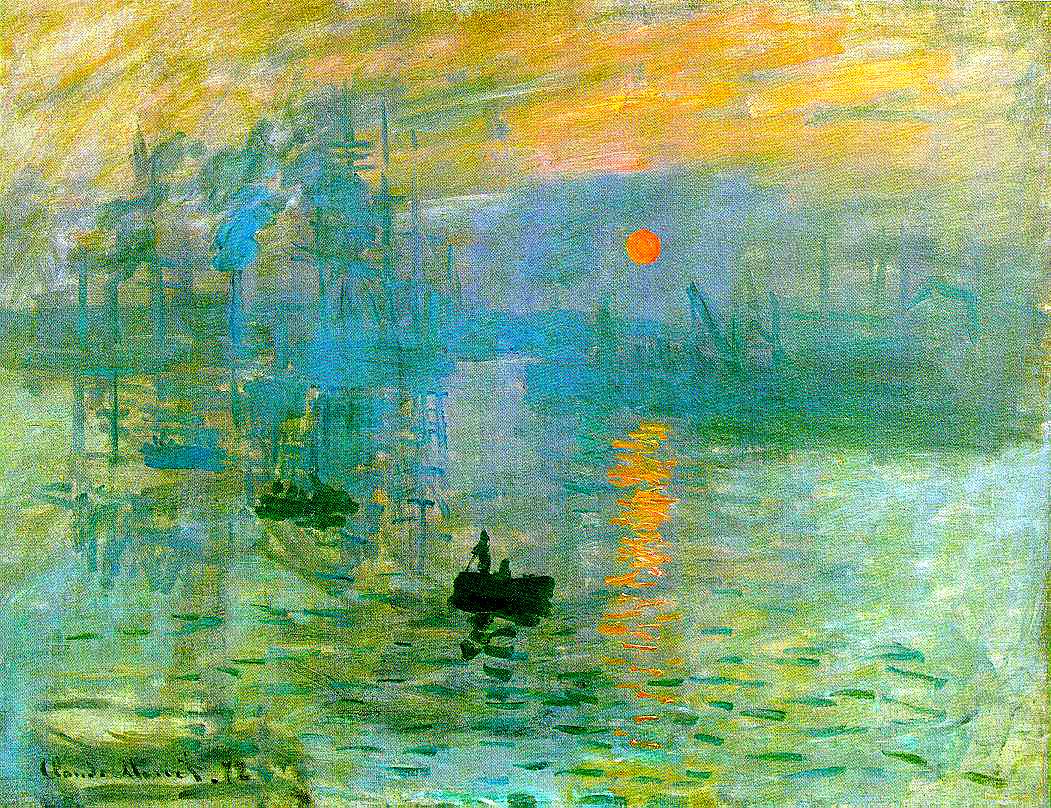
Spring into plein air season!
Weather notwithstanding, spring has nearly sprung! Soon the days will be warming up, the sun will be out longer, and painters will be heading outdoors in droves for a bit of plein air painting. Over the next few days, we’ll be discussing the ins and outs of painting en plein air, where to do it, what to bring, how best to travel, and more, so stay tuned, stay informed, and learn all you need to prepare for spring painting season!
What is plein air painting?
If you’re at all familiar with art and painting, even peripherally, chances are you’ve heard of “plein air” painting. Despite appearances, painting en plein air is not just a snooty phrase tossed around by painters who are trying to be impressive: it’s a real thing, practiced for hundreds of years, and one most likely in practice today by many artists who just aren’t aware of its fancy French name.
The term en plein air is simply French for “in the open air,” meaning plein air painting is just creating art outdoors. Now, you’ll be thinking, “What about cavemen? What about Australian aborigines? What about all those outdoor megaliths and Egyptian statues and everything that’s been around for thousands of years before France even existed? Surely THEY didn’t work en plein air!” Okay, technically that’s correct. It’s just that the French coined the phrase for it back in the 1800’s when painting outdoors really took off and its popularity skyrocketed.
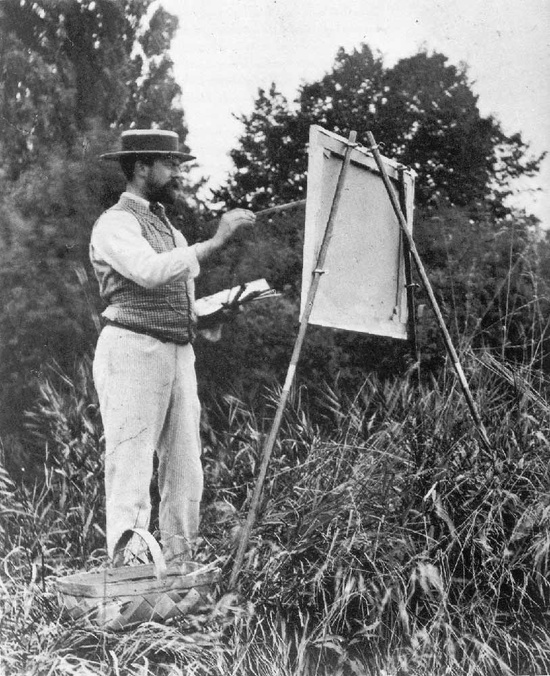
Why the 1800’s, you ask? A number of reasons, including an expanding middle class and a school of thought geared towards natural beauty, all led to an increased interest in arts and painting. But most importantly, access to needed materials was suddenly broadened by the creation of ready-made paints. Previously, since the beginning of time essentially, artists would have to painstakingly make their own paint, color by color, grinding pigments into binders – only making a small amount at a time, since there was no way to keep it fresh and prevent it from drying out. In the mid 19th century, however, there was a “big bang” in the art supply world, aided by the invention of metal paint tubes, that allowed manufacturers to create oil paints in bulk, sealing them up in tubes to stay fresh.
Additionally, “moist” watercolor paints – the re-wetable pans we are familiar with today – were developed, providing a convenient, portable, and accessible medium. Suddenly, artists and art enthusiasts alike could easily acquire necessary painting materials without having to make them from scratch – already pre-packaged for bringing into the field!
Coinciding with these new portable paints was the artistic views of such schools of thought as the Impressionists and the Barbizon school: most notably, that natural daylight is the ideal illumination, and aimed for depicting it accurately and tracking its changes. In a sense, these 19th century plein air painters didn’t only paint outdoors, they painted a moment in time, the passage of time, and the feelings it left behind. Though highly criticized and even ridiculed at first, Impressionism and its spin-offs greatly aided the popularity of plein air painting, as they believed the best and only way to paint this movement of light over nature was to be right there in front of it whilst painting.
So in the end, a combination of technical innovation and popular thought in the 1800’s brought outdoor painting to the masses, as it were, and there it has remained ever since. Boiled down to its essence, plein air painting is painting nature from within nature, and as such is an avenue open to any and all artists – whether they use a fancy phrase to describe it or not!
Notable Plein Air Painters:
|
Claude Monet |
Winslow Homer |
|
Pierre-Auguste Renoir |
Georgia O’Keeffe |
|
John Singer Sargent |
Edgar Payne |
Stay tuned to the blog for more posts about plein air painting in the upcoming week! At Jerry’s Artarama, we’re determined to be ready for the spring plein air season, and hope you will be too.





